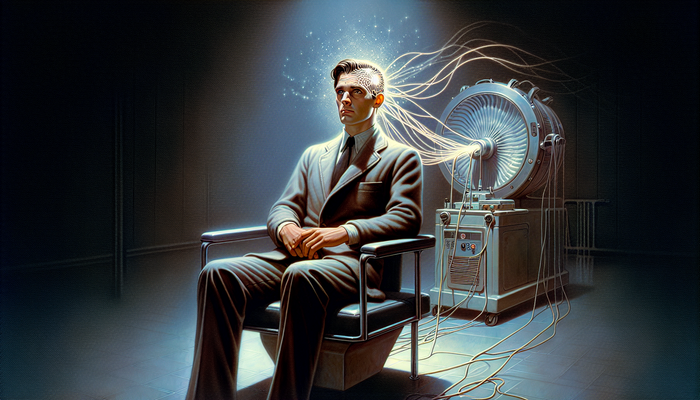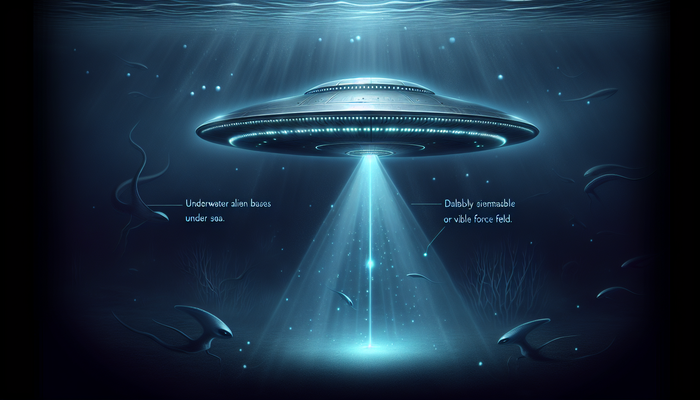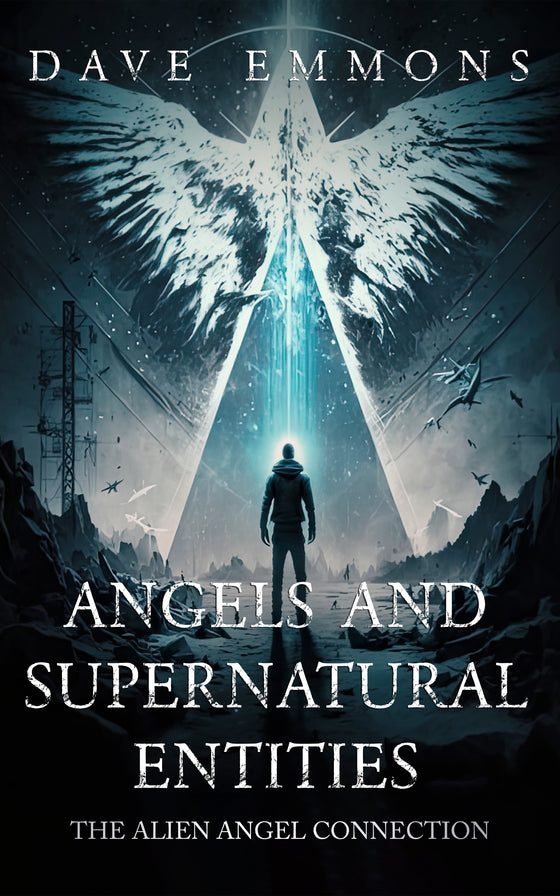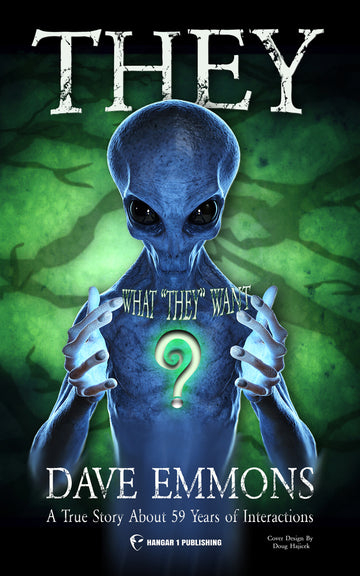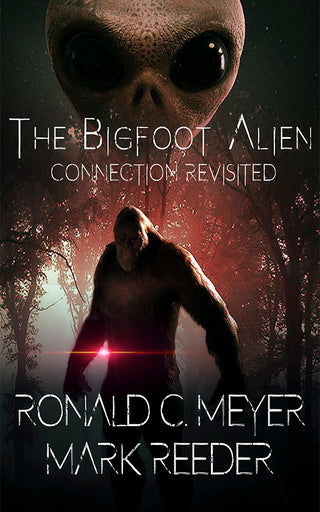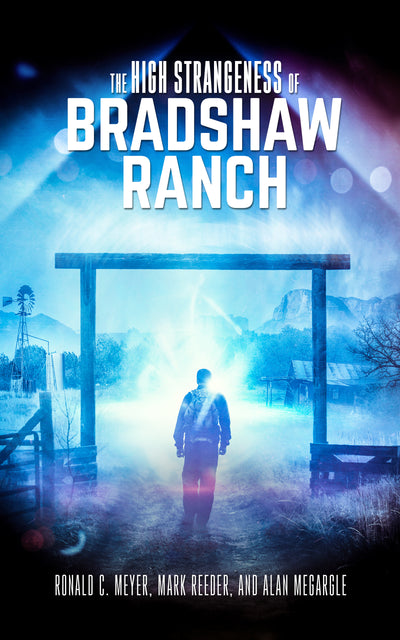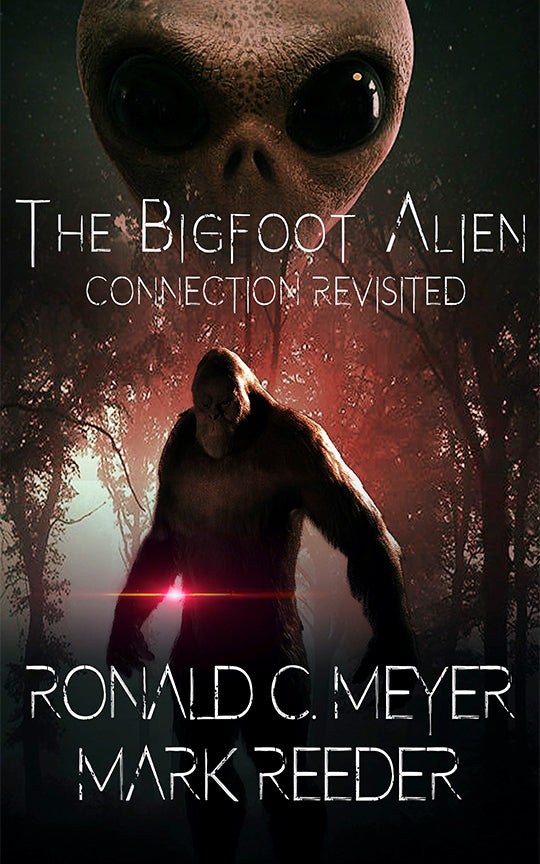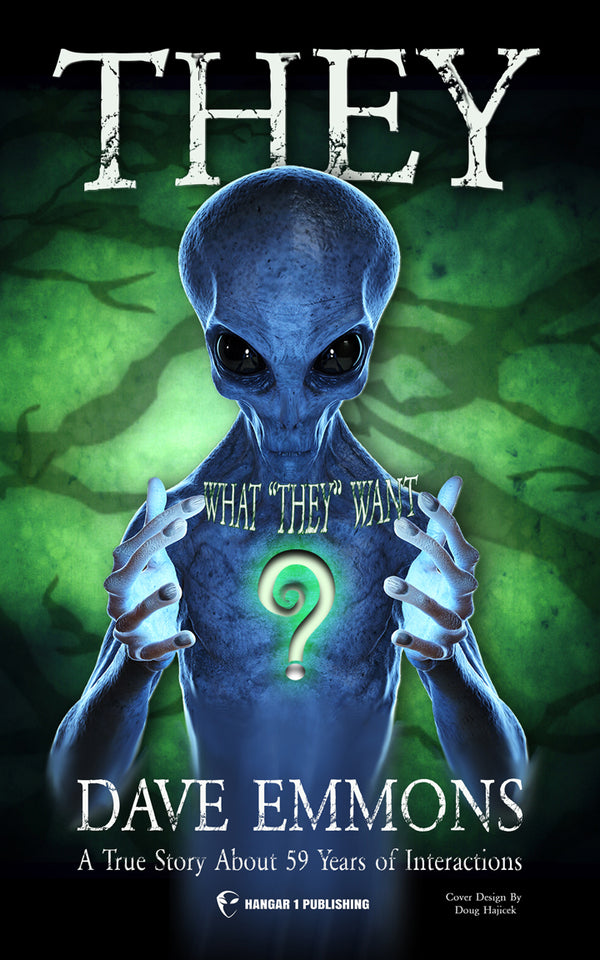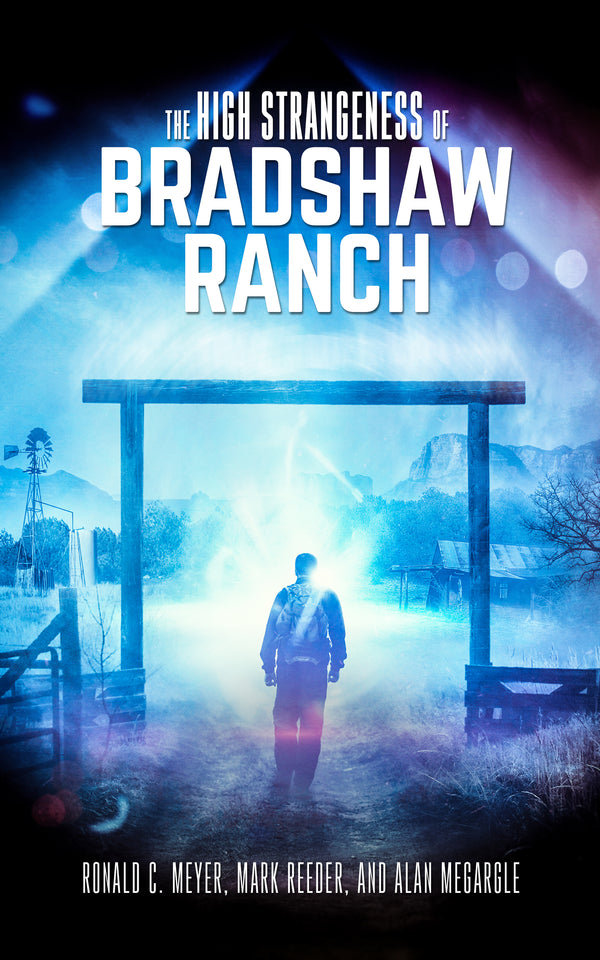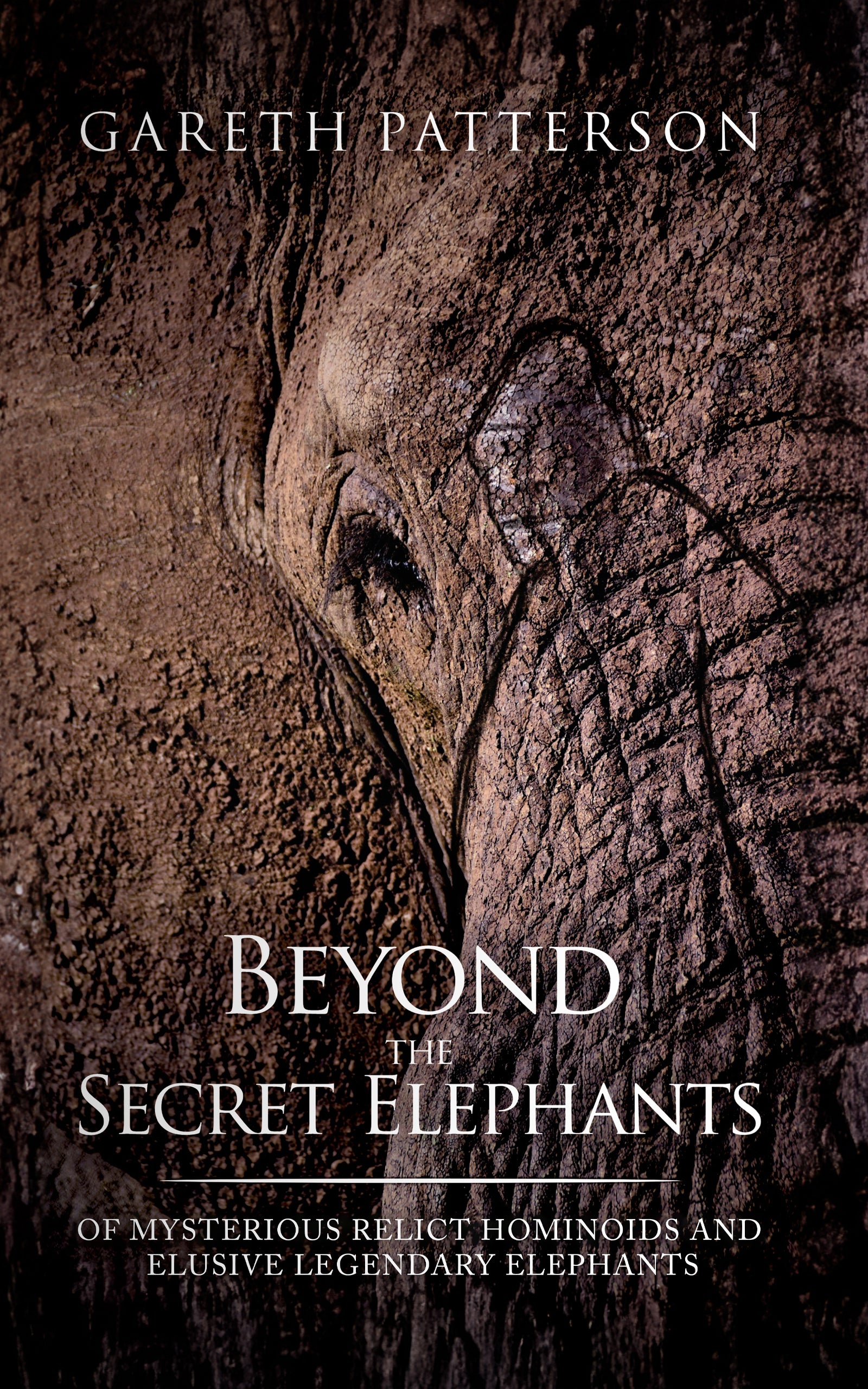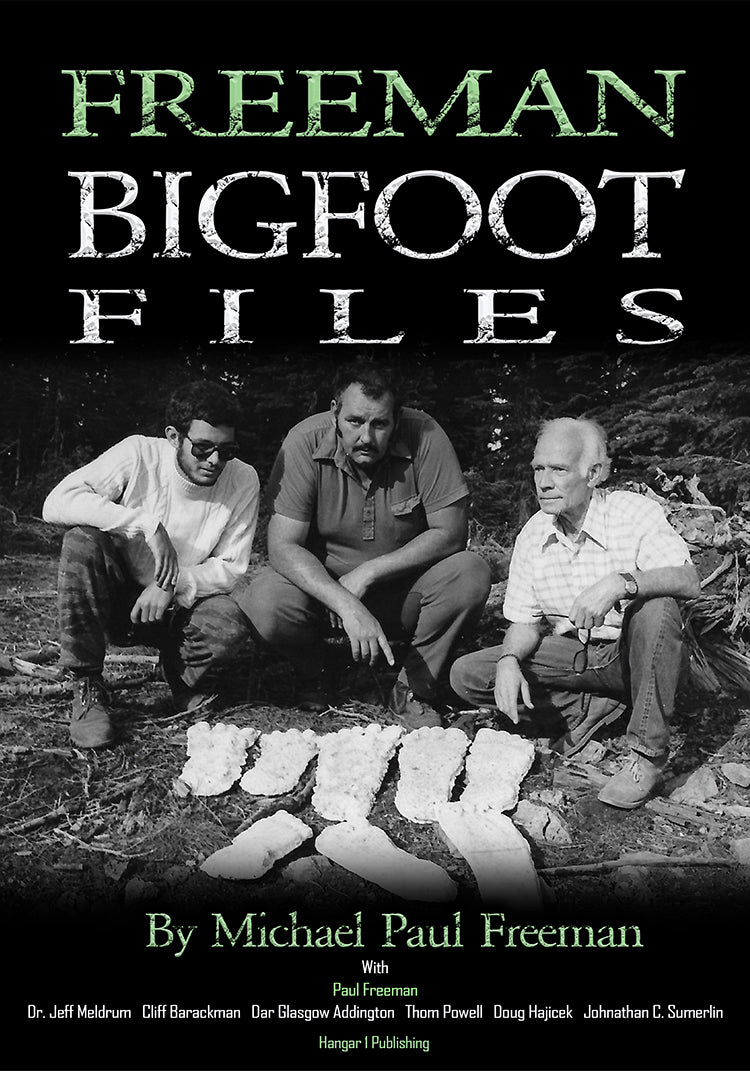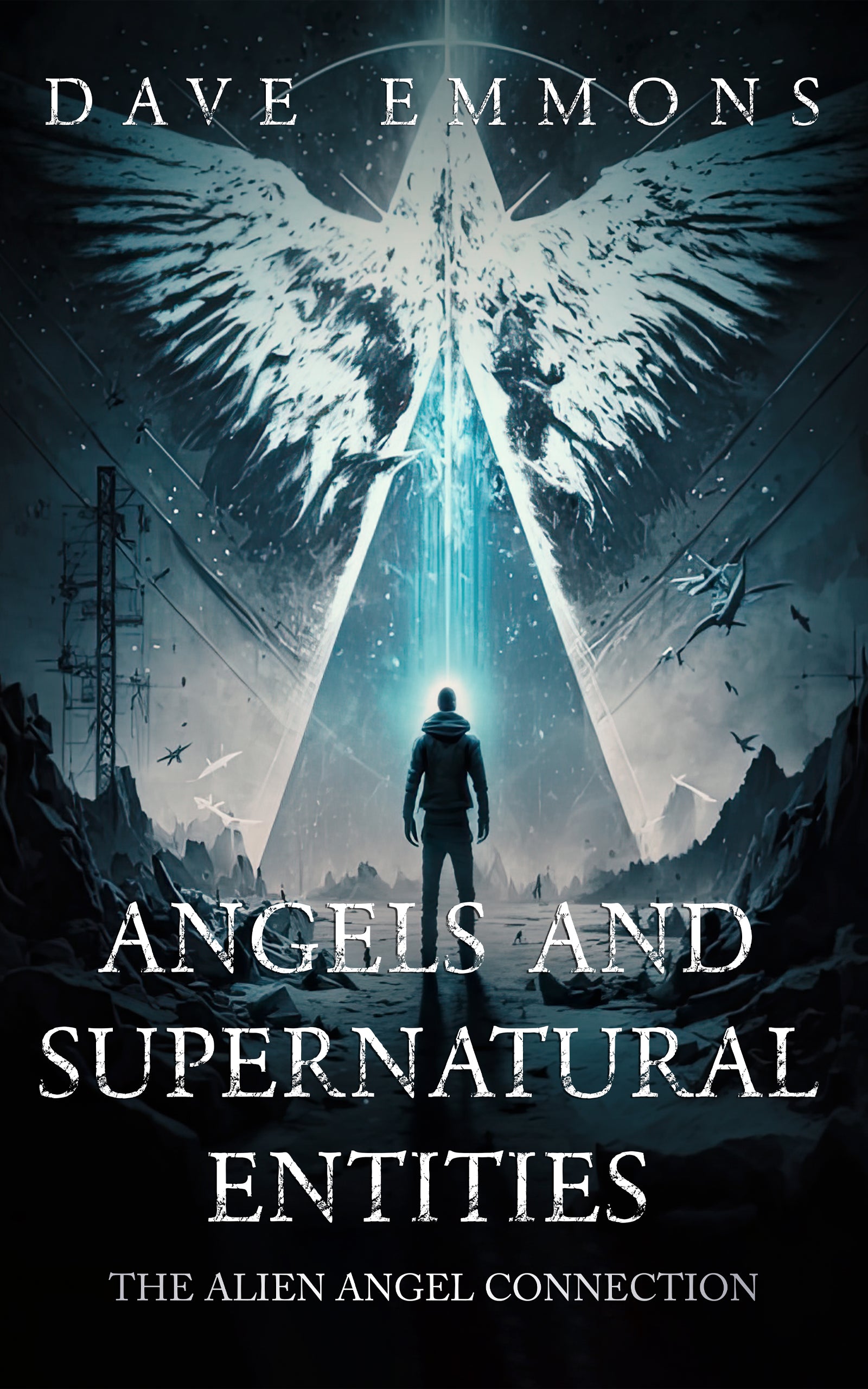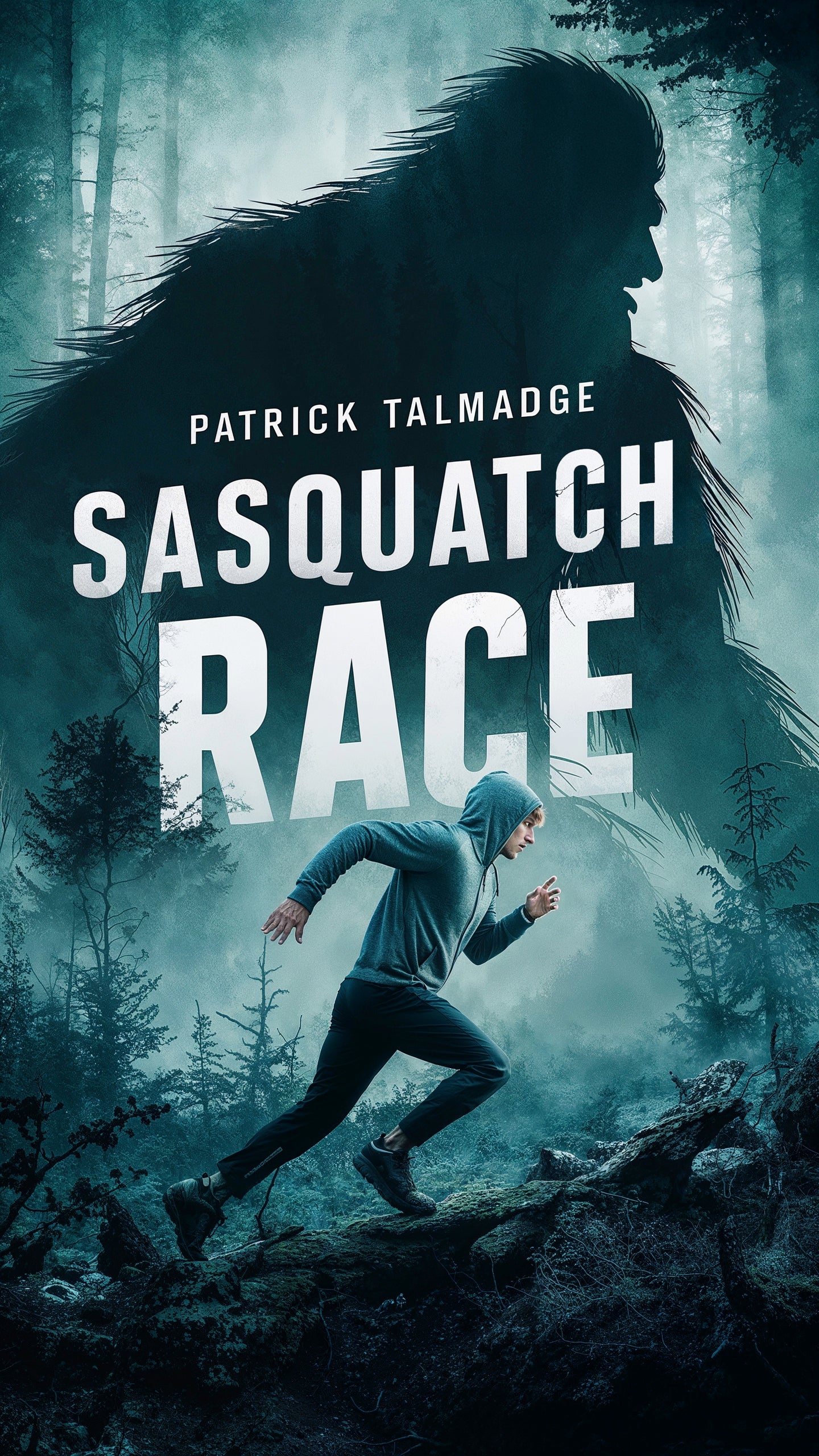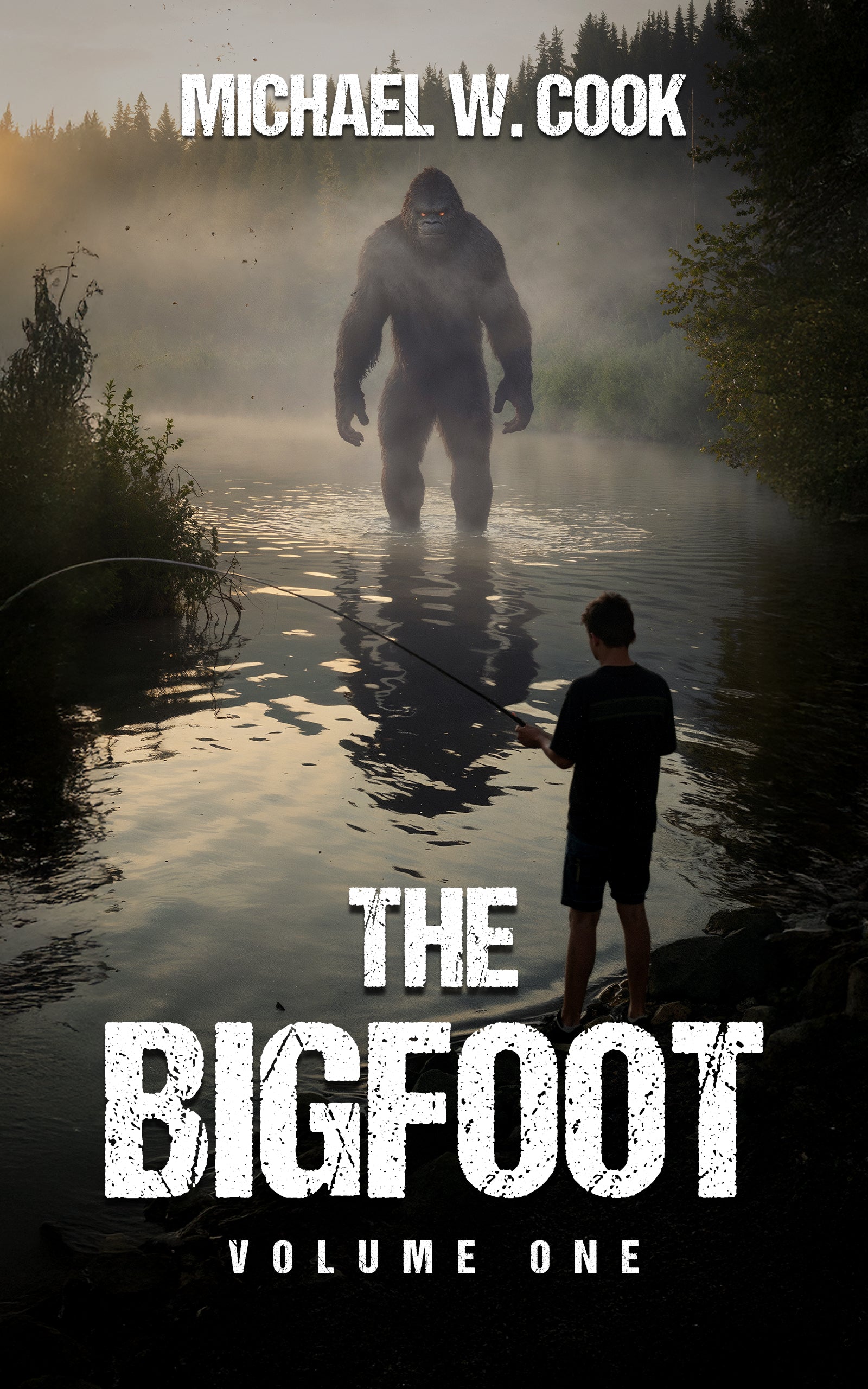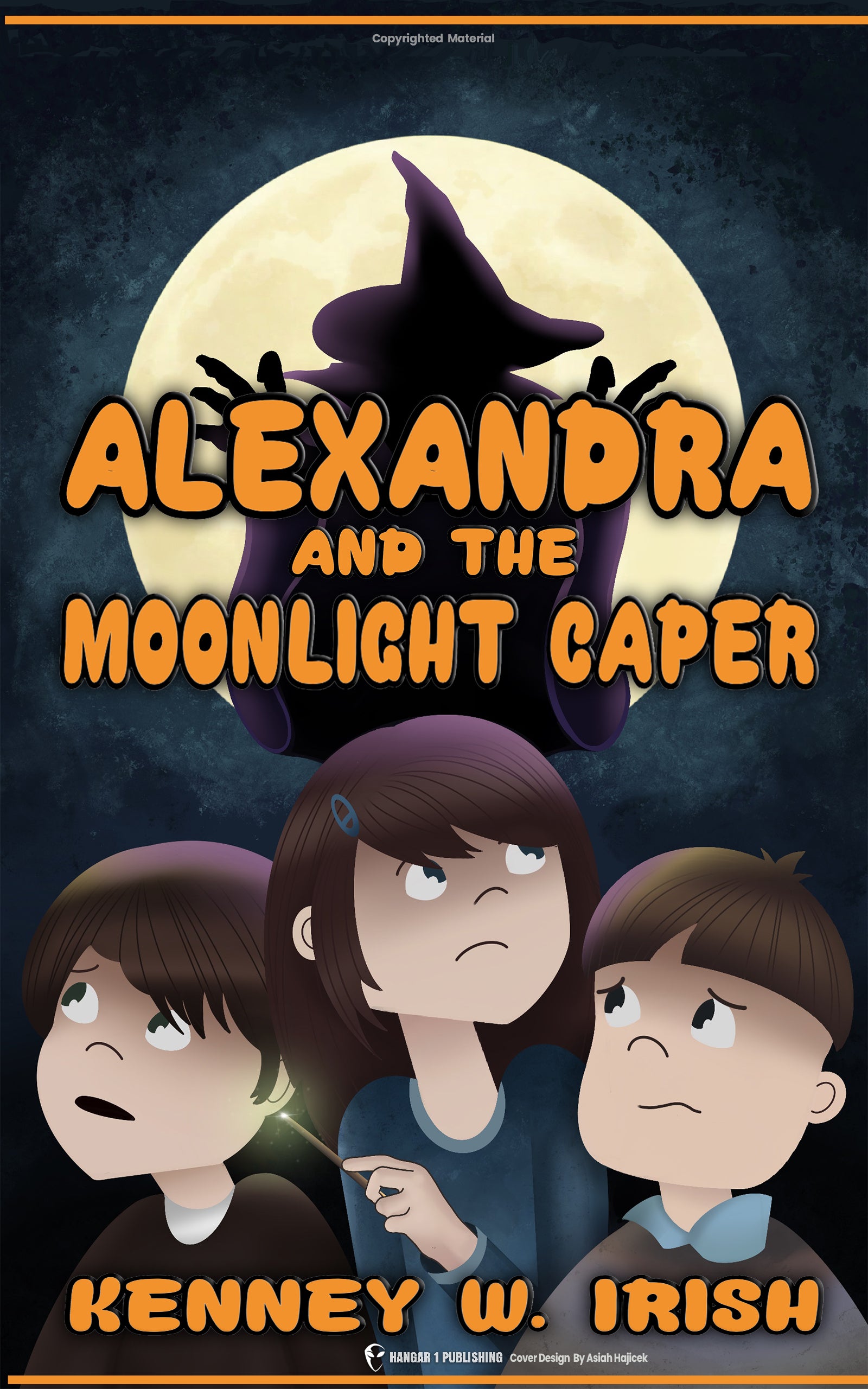The Truth Behind Alleged Alien Star Maps
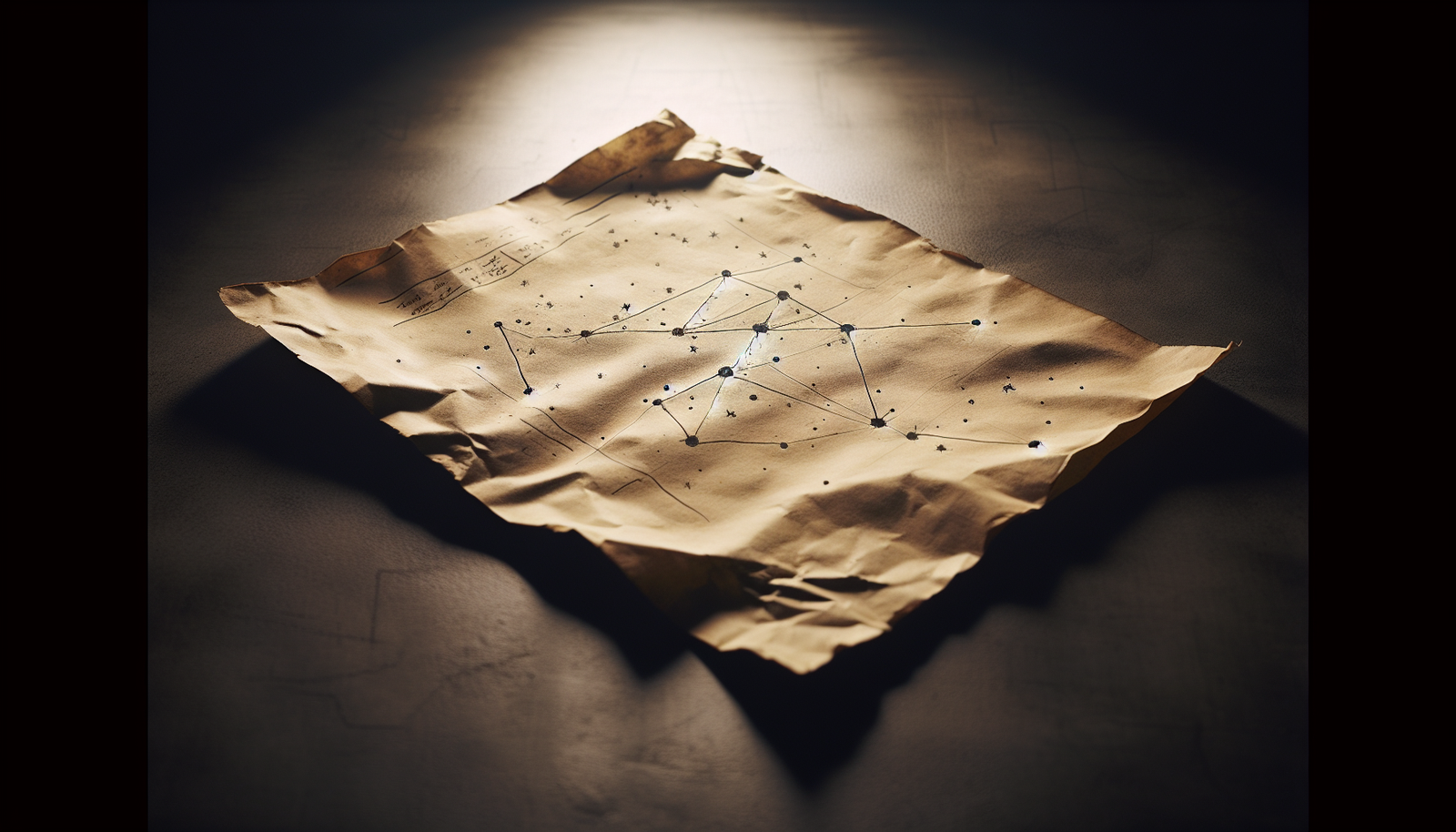
By Howard Callahan, Ufologist
Introduction: Charting the Unknown
Ever since folks first looked up, the night sky has held us captive. It’s been our calendar, our compass, our canvas for gods and heroes. We’ve traced patterns in the pinpricks of light, built monuments aligned with their rising, and navigated vast oceans under their steady gaze. It seems baked into our very nature, this urge to make sense of the cosmos, to map it out, and maybe, just maybe, figure out if anyone else is out there looking back. That fundamental question – are we alone? – fuels so much, from our scientific endeavors to our wildest imaginings.
Which brings us to a particularly curious notion: what if we found a map that wasn't human-made? Could there be charts, guides, or even invitations left behind, intentionally or otherwise, by travelers from distant stars? This idea of "Alien Star Maps" sits right at the crossroads of enduring ancient questions, cutting-edge space science, and the stories we tell ourselves about what might lie beyond our familiar world. We’re going to take a deep look at this concept, exploring the most famous, and controversial, claim of such a map, scrutinizing it through historical and scientific eyes, and seeing how this compelling idea has seeped into our culture, even when the hard evidence remains elusive. Let's chart these strange waters together.
The Keystone Allegation: The Betty and Barney Hill Star Map
If you want to pinpoint the moment the idea of a literal alien star map truly grabbed the public’s attention, you have to go back to a chilly September night in 1961. Betty and Barney Hill, an interracial couple living a quiet life in Portsmouth, New Hampshire – she a social worker, he a postal worker, both active in their community and the NAACP – were driving home through the dark, wooded White Mountains after a vacation. What started as observing a moving point of light grew into something far stranger. They reported being followed by an odd-shaped craft, flashing multi-colored lights.
Barney, peering through binoculars, described seeing humanoid figures through the craft's windows before it descended rapidly towards their 1957 Chevy. He recalled seeing 8 to 11 figures, dressed in glossy black uniforms, one seeming to communicate a message to "stay where you are and keep looking." Terrified, Barney ran back to the car. They sped off, heard strange beeping sounds, and then fell into a daze. Their next clear memory was being miles down the road, arriving home near dawn feeling inexplicably odd. They discovered scuff marks on Barney’s shoes, tears in Betty’s dress, and strange, shiny, concentric circles on their car’s trunk that made a compass needle spin wildly when brought near. Most unsettling was the realization that their journey took hours longer than it should have – a phenomenon UFO researchers would later call "missing time."
In the following months, Betty experienced vivid nightmares detailing an abduction onto the craft. Increasingly distressed by the missing time and fragmented memories, the Hills consulted with UFO investigators from NICAP (National Investigations Committee On Aerial Phenomena). Eventually, seeking psychological help, they underwent hypnosis sessions with Dr. Benjamin Simon, a respected Boston psychiatrist, starting in 1964. It was during these sessions that Betty described being shown a three-dimensional star map by the "leader" of the beings. She recounted him explaining that the solid lines indicated "trade routes" while the dotted lines marked less frequent "exploration routes."
Betty later sketched this map from memory. It depicted about fifteen distinct points (representing stars or perhaps systems) and several lines connecting them, with two larger spheres prominently featured. This sketch wasn't just a footnote; it became a central, potentially testable piece of evidence in their account. Published in John G. Fuller’s 1966 bestseller "The Interrupted Journey," the map offered something unique in UFO lore up to that point: a seemingly concrete artifact, a celestial blueprint allegedly shown to a human by an extraterrestrial intelligence. For many in the burgeoning UFO community, this map was more than just a drawing; it was potential proof that the Hills hadn't just seen something strange – they had interacted with beings from another world who possessed interstellar knowledge.
The Quest for Celestial Correlation: Marjorie Fish and Zeta Reticuli
The map, tantalizing as it was, remained just a sketch until the late 1960s, when a curious mind decided to treat it like a genuine astronomical puzzle. Marjorie Fish, an elementary school teacher and amateur astronomer from Ohio, encountered Betty Hill’s drawing in Fuller's book and became fascinated. She wasn't involved in the original incident, but she possessed a determined curiosity. Could this seemingly abstract pattern correspond to actual stars in our cosmic neighborhood?
Fish embarked on a remarkably dedicated, almost five-year project. Knowing that simply comparing a 2D sketch to a 2D star chart wouldn't capture the 3D reality Betty described, Fish painstakingly constructed physical, three-dimensional models of nearby stars. Using beads threaded on wires, she meticulously plotted the positions of stars within about 50 light-years of our Sun, basing her coordinates on the best available data at the time, primarily the 1969 edition of the "Gliese Catalogue of Nearby Stars." This was no small feat – it involved sifting through data for roughly a thousand stars.
To make the challenge manageable, Fish made some logical assumptions. Reasoning that the seemingly humanoid aliens likely evolved under similar conditions to us, she filtered her star list. She excluded stars unlikely to host habitable planets or long-lived civilizations based on the understanding of the era: non-main sequence stars (like red giants), variable stars (too unstable), hot and short-lived F4-class stars or brighter, close multiple star systems (where stable orbits seemed impossible), and M-class red dwarfs (whose habitable zone planets were thought to be tidally locked, potentially inhibiting complex life – an assumption still debated today). This process narrowed her focus to about 46 candidate stars.
Then came the truly laborious part: Fish viewed her 3D wire-and-bead models from countless angles, patiently searching for a perspective that matched the pattern Betty Hill had drawn. Eventually, she found what she believed was an astonishingly close match. The viewpoint seemed to be slightly above the plane containing the stars, looking towards a specific binary system.
Fish concluded that Betty Hill's map depicted the stars as seen from the vicinity of Zeta Reticuli, a pair of Sun-like (G-type) stars located about 39.5 light-years away in the southern constellation Reticulum (the Net). The two prominent spheres in Betty's map, according to Fish, represented Zeta 1 and Zeta 2 Reticuli themselves. The lines, she proposed, showed the "trade" and "exploration" routes described by Betty, seemingly connecting Zeta Reticuli to other nearby Sun-like stars, including our own Sol. This interpretation, widely publicized in the 1970s, became known as the "Zeta Reticuli Incident." Its power lay in the implication: how could Betty Hill, with no specialized astronomical training, accurately depict the 3D arrangement of relatively obscure stars, including their interstellar relationships, unless she had truly seen an authentic map provided by visitors from Zeta Reticuli? For many believers, this wasn't just correlation; it felt like confirmation.
The Lens of Science: Scrutiny and Skepticism
Marjorie Fish's interpretation certainly caused a stir, but the scientific community remained, well, skeptical. As compelling as the visual match might have seemed to some, scientists rightly demand more rigorous proof, especially for extraordinary claims. The Zeta Reticuli hypothesis faced significant hurdles right from the start.
One major line of criticism, famously articulated by astronomer Carl Sagan and his colleague Steven Soter, centered on pattern recognition and randomness. They argued that given a small number of points (Betty's sketch had around 15), it's relatively easy to find apparent patterns, especially if you have the freedom to connect them with lines and choose your viewpoint. In an episode of his "Cosmos" series, Sagan demonstrated this by showing Betty's dots without the lines, arguing they bore little resemblance to the actual Zeta Reticuli field. It's a bit like seeing shapes in clouds – our brains are wired to find patterns, even where none objectively exist.
Then there's the source of the map itself: a drawing based on a memory recalled under hypnosis. While hypnosis can sometimes aid recall, it's also notoriously susceptible to suggestion, confabulation (filling in memory gaps with plausible but untrue details), and the subject's own expectations or desires. Dr. Simon himself, the psychiatrist who hypnotized the Hills, concluded they were sincere but likely sharing a psychologically generated experience, not recalling a literal event. Furthermore, the hypnotic accounts weren't entirely consistent; Betty and Barney gave differing descriptions of the aliens' appearance (hair, clothing, facial features), casting doubt on the idea of perfect, objective recall during the sessions. Trying to reconstruct a precise 3D map from such a subjective and potentially flawed memory is fraught with difficulty. Betty herself reportedly expressed uncertainty about whether she'd accurately placed all the background dots.
But the most definitive challenge came from advancements in astronomical measurement. Marjorie Fish based her model on the best data available in 1969. However, in the early 1990s, the European Space Agency's Hipparcos satellite provided vastly improved stellar distance measurements through precise parallax observations. Think of parallax as the apparent shift in a star's position when viewed from different points in Earth's orbit – the larger the shift, the closer the star. Hipparcos measured these shifts with unprecedented accuracy for over a hundred thousand stars.
When applied to the stars in Fish's model, the new Hipparcos data dismantled the proposed correlation. Several stars Fish had included turned out to be much farther away than previously thought, disrupting the supposed 3D alignment. Subsequent research also re-evaluated the properties of the stars themselves. For instance, 54 Piscium and 107 Piscium were found to be variable stars, and Gliese 67 and Tau 1 Eridani were confirmed as close binary systems – types Fish herself had aimed to exclude. Essentially, the foundation of Fish's interpretation crumbled under the weight of more accurate data.
To her credit, Marjorie Fish demonstrated true scientific integrity. Faced with this contradictory evidence, she publicly acknowledged that the correlation she had proposed was unlikely. As reported in the Fortean Times and later confirmed in her obituary, she retracted her earlier conclusion. This retraction, coming from the very person who championed the interpretation, is a critical piece of the story often overlooked in popular accounts. While the map remains a fascinating artifact of the Hill case, its claim to accurately represent the Zeta Reticuli system, or any real star system based on Fish's work, does not hold up to scientific scrutiny.
Beyond the Allegation: "Alien Star Maps" in Culture and History
Even though the scientific case for the Betty Hill map representing Zeta Reticuli dissolved, the idea of an alien star map proved remarkably resilient. It tapped into something deep in our collective imagination, and its influence spread far beyond the specifics of the Hill abduction case. The map became an icon, a symbol, almost a shorthand for the mystery of alien contact.
Its cultural legacy is undeniable. The 1975 television film "The UFO Incident" brought the Hills' story, including the map, to a wide audience. Decades later, Ridley Scott's 2012 film "Prometheus" explicitly used the concept. In the movie, archaeologists discover similar star maps – visually echoing Betty Hill's sketch – in ancient, unconnected cultures across Earth. These maps aren't just artifacts; they're a plot engine, interpreted as an invitation from humanity's creators, the "Engineers," pointing the way to a specific star system (visually suggested to be Zeta Reticuli in promotional materials and early concepts, though the film uses the designation LV-223). The film uses this premise to explore themes of origins, faith, and the potential dangers of seeking our makers. Online fan forums buzzed with debate, mirroring the real-world discussions: Why would the map lead to a military outpost, not the Engineers' home world? What were their true intentions? It shows how potent the trope of the alien map remains for storytelling.
This fictional portrayal connects directly to theories often labeled "ancient astronaut hypothesis." These ideas propose that structures like Stonehenge, the Nazca Lines in Peru, or the precisely cut stones of Puma Punku in Bolivia exhibit astronomical alignments or technological sophistication potentially influenced by extraterrestrial visitors. Documentaries like "Ancient Aliens: The Evidence" explore these possibilities, suggesting that ancient myths and artifacts might encode advanced astronomical knowledge – star maps, perhaps – passed down from otherworldly beings. Civilizations like the Sumerians, Egyptians, and Maya, known for their astronomical observations, frequently feature in these discussions.
It's important, though, to distinguish this speculation from the tangible history of human sky mapping. We know humans have been charting the heavens for millennia. The Dunhuang Star Map, discovered in China and dating to around 700 AD, is the oldest known paper star map from any civilization – a testament to human ingenuity and observation. The Vienna Manuscript, from 1440, represents Europe's oldest surviving equivalent. These artifacts show a clear progression of human astronomical understanding, achieved through careful observation and mathematical refinement over centuries, without needing to invoke alien intervention. While the idea of ancient mysteries is captivating, as explored in various documentaries focused on historical star maps, these known examples ground us in the reality of human scientific development.
The Maps We Are Making: Modern Celestial Cartography
While tales of alien-provided charts capture the imagination, the reality of modern star mapping is, in its own way, even more astounding. We are currently living through a golden age of celestial cartography, building maps of the cosmos with a precision and scale that would have been unthinkable just a few decades ago. This scientific endeavor provides a stark contrast to the ambiguity surrounding alleged alien maps.
Take the European Space Agency's Gaia mission. Launched in 2013, Gaia hasn't just looked at stars; it has meticulously measured the precise positions, distances (via parallax), and motions across the sky for nearly 1.7 billion stars in our Milky Way galaxy and beyond. The result, as ESA rightly claims, is the richest star catalogue ever produced. It's not just a flat picture; it's a dynamic, three-dimensional map revealing the intricate structure, formation history, and evolution of our home galaxy. Gaia allows astronomers to trace the paths of stars, identify stellar populations, and even probe the distribution of elusive dark matter. This is map-making on an epic scale, built on hard data and rigorous analysis.
Another fascinating tool is NASA's Chandra X-ray Observatory. While perhaps less known for mapping, Chandra has been used to create 3D maps charting the X-ray emissions from stars in our solar neighborhood. Why X-rays? Because intense X-ray and ultraviolet radiation from a star can strip away a planet's atmosphere or break down the complex molecules needed for life, rendering even worlds in the "Goldilocks zone" uninhabitable. By mapping this high-energy radiation, Chandra helps scientists prioritize which nearby star systems are the most promising targets for future telescopes, like the planned Habitable Worlds Observatory, in the search for genuinely life-friendly exoplanets. It's a map designed not just to show where stars are, but where life might actually be possible.
And we're not just mapping the stars anymore; we're starting to map the alien worlds themselves. This is incredibly challenging – even our most powerful telescopes see exoplanets as mere points of light, often swamped by the glare of their parent star. But scientists are developing ingenious techniques. By precisely measuring the tiny changes in light reflected or heat emitted from an exoplanet as it rotates or orbits its star, they hope to infer large-scale surface features – perhaps distinguishing brighter continents from darker oceans – or analyze the chemical composition of its atmosphere. NASA's Spitzer Space Telescope produced the first rudimentary temperature map of a hot Jupiter exoplanet, HD 189733b, revealing a "hot spot" offset by fierce winds. While still coarse, this is humanity's first step towards creating detailed maps of alien worlds, based entirely on observation and scientific principles.
Of course, mapping the heavens isn't trivial, even for us. The inherent difficulty of representing three-dimensional space on a two-dimensional surface is a classic cartographic problem. As noted in discussions about the inaccurate star map from the fictional "Battletech" universe, getting the math wrong or omitting crucial data (like the Z-axis, or declination) can lead to wild distortions. Cartographers use various projection methods – parallel, perspective, axonometric – to try and represent 3D reality on a flat map, each with trade-offs in preserving area, shape, or distance. Any genuine alien map capable of depicting interstellar routes would have had to solve these fundamental challenges, perhaps in ways we haven't yet conceived.
Earth on the Alien Map? The Potential for Reciprocity
We spend a lot of time looking out, searching for signs of others, mapping their potential worlds. But what if someone, somewhere, has already put us on their map? It's a thought-provoking flip of the script, and recent science suggests it's not entirely fanciful.
A fascinating study, leveraging the high-precision data from the Gaia mission, set out to identify which nearby star systems have had, or will have, the right vantage point to detect Earth using the "transit method." This is currently our most successful technique for finding exoplanets – watching for the tiny, periodic dip in a star's brightness caused when an orbiting planet passes in front of it from our perspective. For this to work, the alignment has to be just right. The researchers calculated the changing positions of stars over time and identified 1,715 star systems within about 300 light-years that would have been correctly aligned to see Earth transit the Sun sometime in the last 5,000 years. Looking forward, another 319 stars will move into this advantageous viewing zone within the next 5,000 years.
Think about that: hundreds, potentially thousands, of star systems from which Earth would appear as a transiting exoplanet, detectable with technology similar to our own Kepler or TESS space telescopes. Some of these systems are already known to host planets, including intriguing ones like the seven Earth-sized worlds orbiting TRAPPIST-1 (which will enter the Earth-transit zone in about 1,600 years) or the Earth-sized planet around Ross-128 (which had a view of us until about 900 years ago).
The researchers took it a step further. They considered that humanity has been broadcasting radio waves into space for roughly the last century. Which of these strategically positioned star systems are also close enough (within 100 light-years or so) for our earliest radio and television signals to have reached them by now? They found 46 such stars currently in the transit zone. It's a staggering thought: potential alien astronomers in these systems could not only detect Earth as a planet but might also pick up the faint electromagnetic whispers of our technological civilization. As Jackie Faherty, one of the study's authors, noted, it can make you feel "very vulnerable," realizing how detectable we might be.
This concept of cosmic reciprocity has implications for the Search for Extraterrestrial Intelligence (SETI). If we know which stars have the best view of Earth, perhaps those are prime targets to listen extra carefully for any signals deliberately beamed our way. Projects like Breakthrough Listen could potentially prioritize these systems. It adds a new dimension to the search – maybe we should focus on the places where someone might already know we're here. Some have even speculated, though it's deep in the realm of future possibilities, about intentionally signaling our presence. Imagine, when TRAPPIST-1 gets its front-row seat in 1,600 years, constructing a giant artificial structure in Earth's orbit designed to create an unmistakably artificial signature during our transit – a cosmic "we are here" sign. It’s a wild idea, but it underscores the profound shift in perspective when we consider that we might not just be the map-makers, but also the mapped.
The Enduring Fascination: Why "Alien Star Maps" Matter
So, where does all this leave us? The idea of "Alien Star Maps" is clearly more complex than a simple yes or no. It’s a territory where alleged personal experiences brush up against rigorous scientific inquiry, and where both fuel our cultural storytelling. The most famous example, the Betty Hill star map, propelled by Marjorie Fish's initial interpretation, captured the public imagination intensely. Yet, subsequent scientific data, interpreted with increasing precision, failed to validate the specific Zeta Reticuli connection, a conclusion even Fish herself came to accept.
Still, dismissing the entire concept because one prominent claim didn't hold up seems premature. The lack of validation for the Hill map doesn't disprove the possibility of extraterrestrial life or interstellar travel; it simply means that specific piece of alleged evidence doesn't withstand scrutiny. The idea itself, however, persists. It resonates because it connects to fundamental human impulses: our awe of the night sky, our desire to explore, and our profound curiosity about whether we share this vast universe with other intelligent beings who might also be charting the cosmic ocean.
What would happen if we did find a genuine artifact – a map, a probe, a message – demonstrably from an extraterrestrial civilization? The philosophical shockwaves would be immense. It would irrevocably alter our understanding of biology, history, and our own significance (or lack thereof) in the grand scheme. It would likely spur unprecedented scientific investigation and, potentially, a new era of exploration, guided by knowledge from beyond our world.
Perhaps the enduring appeal of "Alien Star Maps," whether depicted in ancient myths reinterpreted, alleged abduction accounts, or science fiction films, lies in this inherent promise of connection and expanded horizons. They represent the ultimate treasure map, hinting at undiscovered territories not just of space, but of knowledge itself. While modern science diligently builds its own exquisitely detailed maps of the cosmos, based on observation and the laws of physics, the speculative allure of a map from elsewhere continues to beckon, urging us to keep looking up, keep questioning, and keep charting the great unknown.
From Bigfoot to UFOs: Hangar 1 Publishing Has You Covered!
Explore Untold Stories: Venture into the world of UFOs, cryptids, Bigfoot, and beyond. Every story is a journey into the extraordinary.
Immersive Book Technology: Experience real videos, sights, and sounds within our books. Its not just reading; its an adventure.






